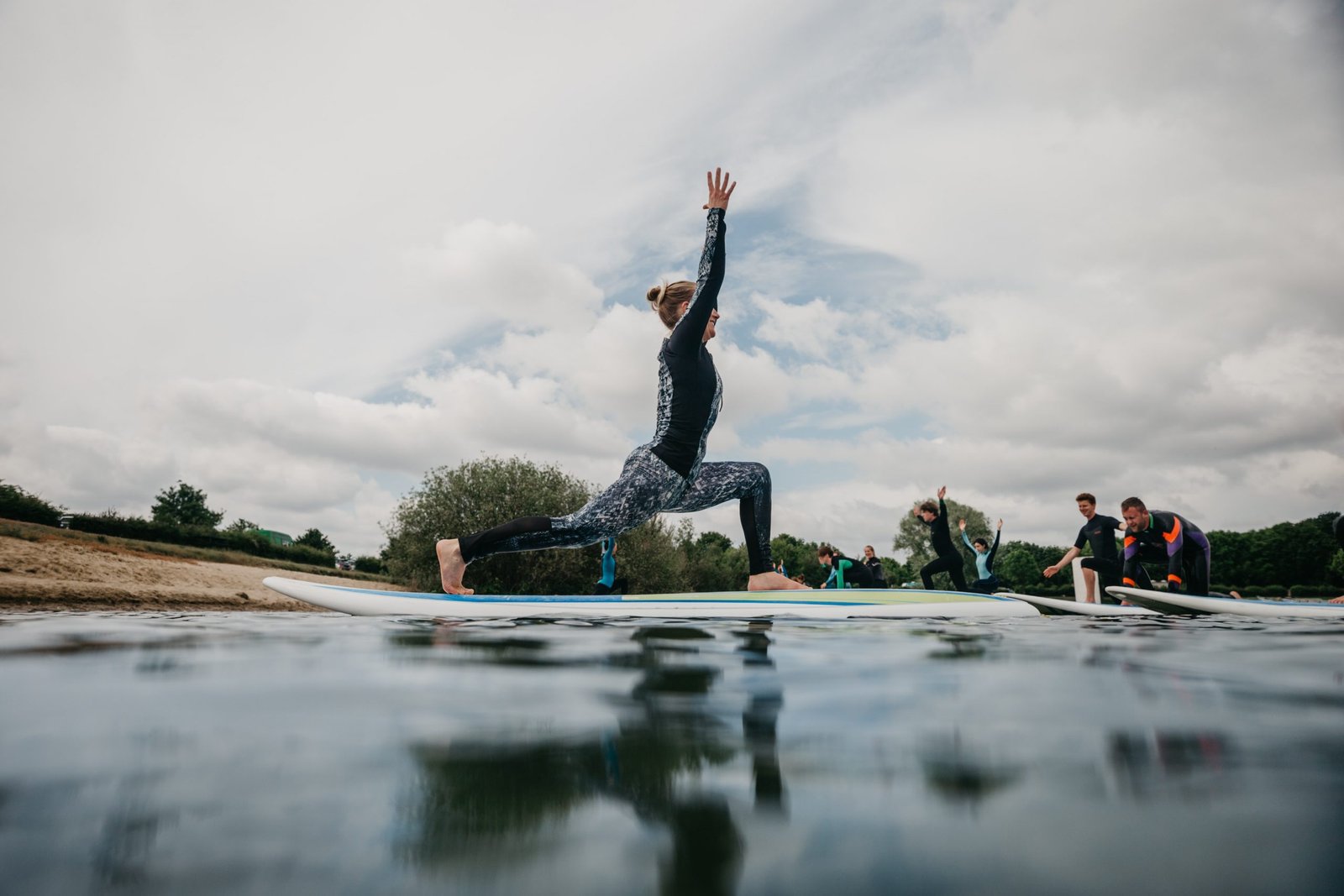
8 Tips For Safe & Effective Stretching
Stretching is a great way to improve flexibility, reduce the risk of injuries during sports and reduce muscle soreness between activities.
Whatever reason you are choosing to stretch, below are 8 tips for safe and effective stretching.

Stretch Daily
If you want to get the most from stretching, you should find a way to incorporate this into your daily routine. Waking up 10 minutes earlier to stretch before heading out to work or taking 10 minutes before bed can improve your flexibility, balance, and strength. Stretching daily will get your body more used to stretching and reduce soreness. Stretching is especially great if you work at a desk. Regular stretch breaks can ease aches and pains associated with sitting too long.
Follow Professional Advice
If you are learning to stretch for the first time, following professional advice is key to avoiding injuries. Learning to stretch at home is fine, but be sure to use stretching routines from a reputable source, like the MoveWell app. If you have an injury that you are trying to improve, get professional advice from your doctor or a physiotherapist before starting any routine.

Warm-Up
It is essential that you warm up your muscles before any exercise, even stretching. You shouldn’t roll straight out of bed and into stretching. Even gentle exercises such as walking can warm up the muscles enough to prevent injury. This does not need to be intense or vigorous exercise, as long as you haven’t been sat for a long period beforehand.
Hold Your Stretches
To get the most from your stretches, it is recommended to hold each stretch for 30 seconds. Often, we do not hold our stretches for long enough, leading to ineffective stretching. If you cannot hold for 30 seconds, work your way up or try an easier stretch first. It is also possible to overstretch, so be sure you are always maintaining the proper form. If possible, ask someone to watch or take a video of yourself, so you can see how your form matches up.
Avoid Pain
Stretching is not supposed to cause pain. If you experience pain, stop immediately and try a lighter stretch. The best way to avoid pain is to stretch to a place you feel comfortable with, exhale, and slowly increase the stretch. You are likely to feel mild discomfort as your body gets used to stretching these muscles, but if the stretch is hurting, you are overexerting yourself and this will lead to injury.

Breathe Properly
Breathing is vital when exercising and stretching is no different. If you are in mild discomfort when stretching, it can be hard to focus on your breath. You must always breathe normally and must not hold your breath. Much like exercising, exhale on exertion to breathe effectively when stretching.
Balance Your Stretches
When stretching, working opposing muscles is the best way to ensure flexibility on all sides. For example, if you start by stretching the front of the thigh, follow this with stretching the muscles at the back of the thigh. Once you have stretched one side of your body, repeat on the other side. You may find that one side of your body is less flexible than the other, but this is normal.
Use Stretching Before and After Exercise
If you are going to exercise, be sure to stretch before and after. Not only will this help you get warmed up and ready for working out, but it will also reduce the risk of injury and improve your workouts. Stretching afterward can help with relaxing and reduces tension in the muscles post-workout.

These 8 tips can lead to safe and effective stretching. Be sure to follow them closely and work at a level that is right for your flexibility and skill level.








